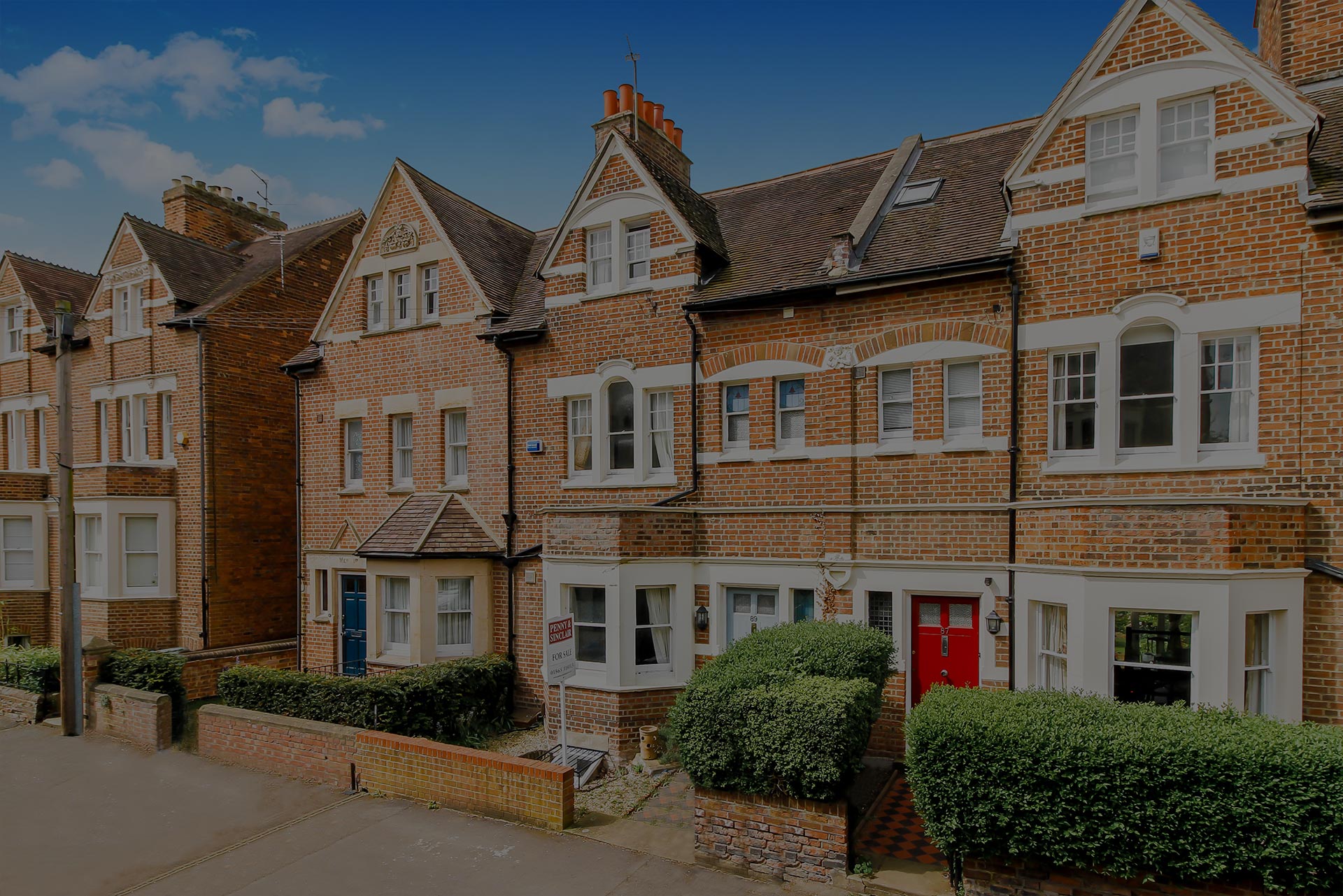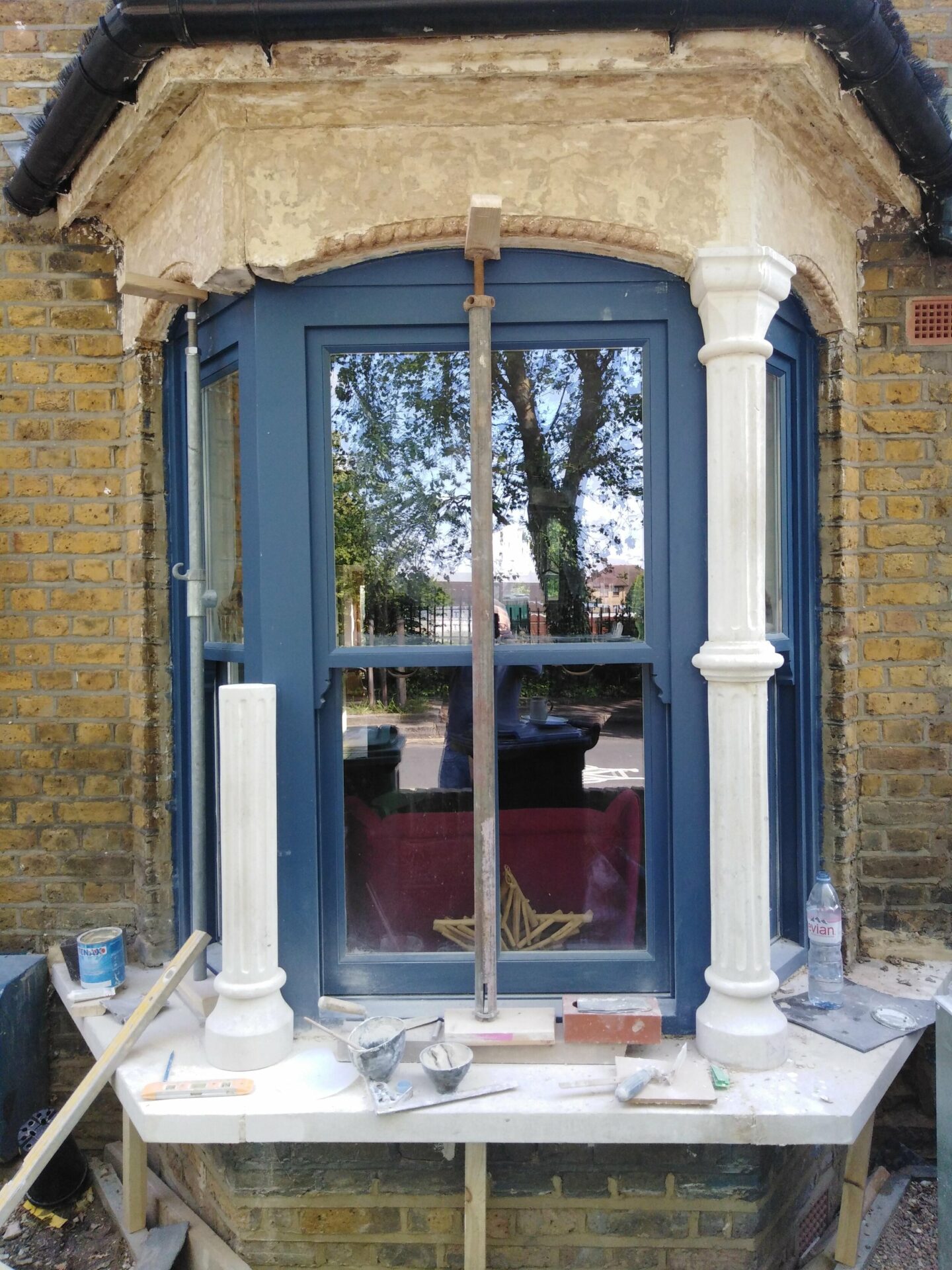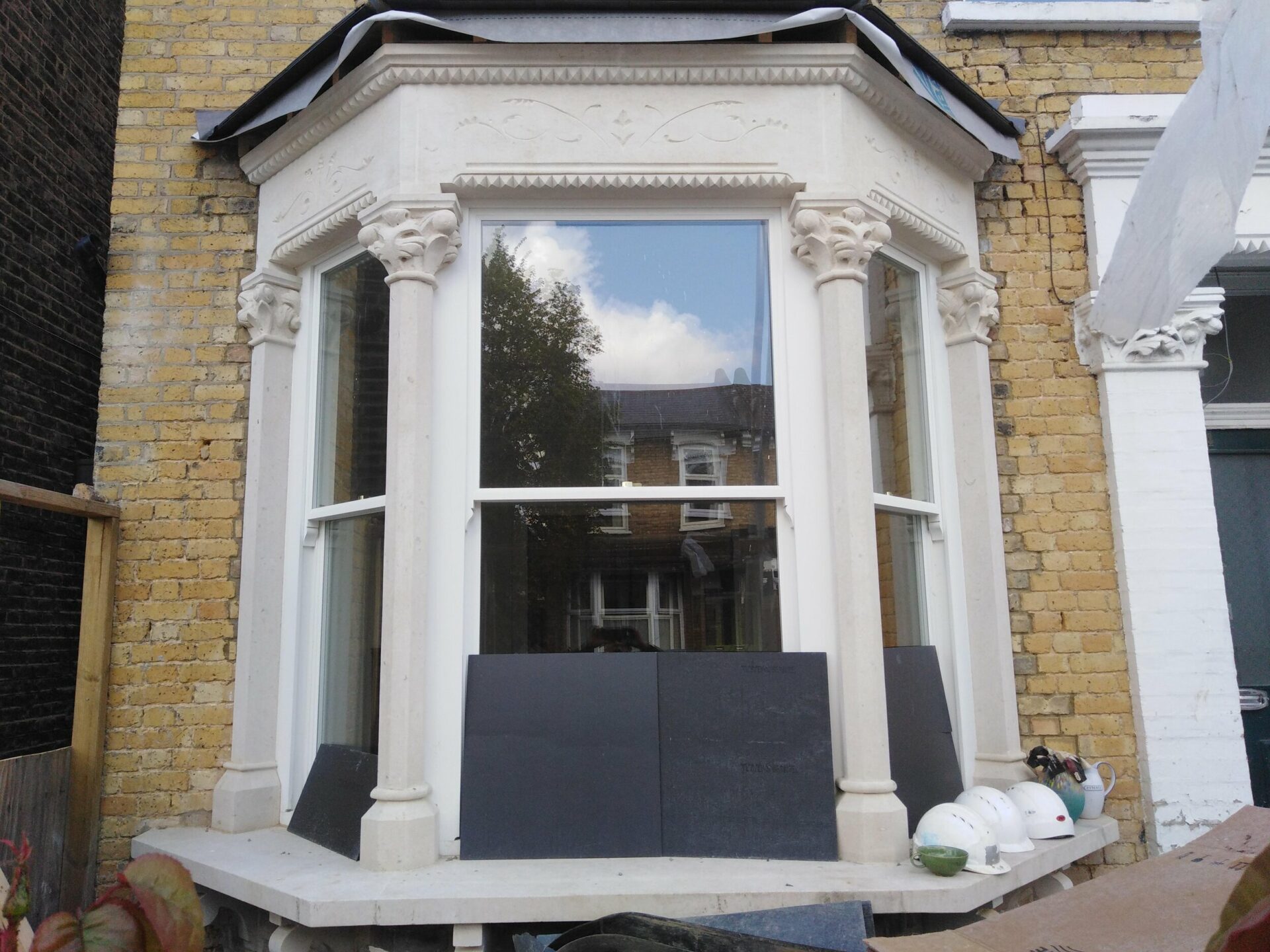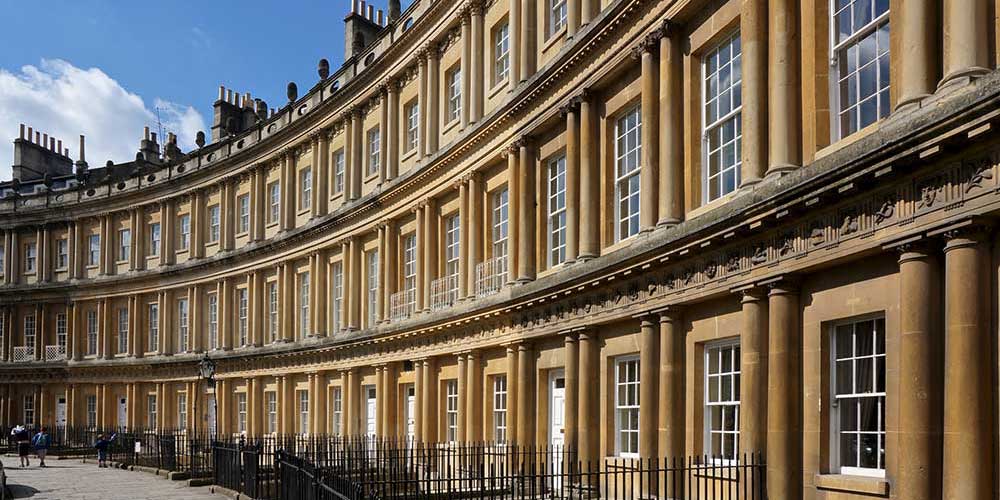
Cosyhomesoxfordshire.org the future of retro-fitting?
Introduction: In the picturesque landscapes of Oxfordshire, where history and modernity seamlessly blend, a notable initiative has taken root to make homes not just functional but also cozy and energy-efficient. CosyHomesOxfordshire.org is at the forefront of this movement, aiming to transform houses into warm and inviting spaces while simultaneously contributing to a sustainable future.
The Vision: At the heart lies a vision to create homes that prioritize comfort and energy efficiency. The initiative recognizes the importance of striking a balance between modern living and environmental responsibility. By offering comprehensive solutions,they strives to make homes more resilient, comfortable, and environmentally friendly.
Key Features and Services:
- Energy Audits: CosyHomesOxfordshire.org starts its journey towards creating cozy homes by conducting thorough energy audits. This involves a detailed assessment of a property’s energy usage, identifying areas of inefficiency, and suggesting personalized solutions. This step sets the foundation for the overall improvement of the home’s comfort and energy performance.
- Insulation and Draught Proofing: A key focus of CosyHomesOxfordshire.org is enhancing insulation and draught proofing. Proper insulation not only keeps homes warm during winter but also cool during summer, reducing the need for excessive heating or cooling. Draught-proofing measures further contribute to maintaining a consistent and comfortable indoor temperature.
- Renewable Energy Integration: Embracing sustainability, and promoting the integration of renewable energy sources. This includes the installation of solar panels, heat pumps, and other eco-friendly technologies, reducing dependency on traditional energy sources and lowering overall carbon footprints.
- Financial Support and Incentives: Recognizing the financial aspect of home improvements, CosyHomesOxfordshire.org assists homeowners in accessing grants, subsidies, and other financial incentives. By making energy-efficient upgrades more affordable, the initiative encourages widespread adoption of sustainable practices.
- Professional Guidance and Support: CosyHomesOxfordshire.org doesn’t just provide services; it offers expert guidance and support throughout the entire process. From initial assessments to the implementation of improvements, homeowners can rely on the expertise of the organization’s professionals.
Benefits for Homeowners:
- Increased Comfort: The primary goal is to enhance the comfort of homes, ensuring that residents enjoy a cozy living environment throughout the year.
- Energy Savings: By addressing energy inefficiencies, homeowners can significantly reduce their energy bills, making sustainable living more economically viable.
- Environmental Impact: With a focus on renewable energy and eco-friendly practices, the initiative contributes to reducing the carbon footprint of homes, fostering a more sustainable community.
Conclusion: CosyHomesOxfordshire.org is more than just an initiative; it’s a commitment to creating a better living environment for Oxfordshire residents. By combining comfort, energy efficiency, and sustainability, this organization is shaping the homes of the future – cozy, eco-friendly, and resilient. As homeowners increasingly prioritize both their well-being and the planet, CosyHomesOxfordshire.org stands as a beacon, guiding the way towards a more sustainable and comfortable living experience.
POST 01/16/2024
Preserving Heritage: Retrofitting Double Glazed Sash Windows in North Oxford's Victorian Houses

Preserving Elegance: The Timeless Beauty of Stone Conservation in Victorian Houses
Introduction:
In the heart of our cities and towns, Victorian houses stand as magnificent reminders of an era characterized by intricate craftsmanship and architectural opulence. These historical gems, adorned with ornate stonework, narrate stories of a bygone time. In this conservation blog, we unravel the importance of stone conservation in preserving the allure and heritage of Victorian houses, emphasizing the delicate dance between time and preservation.
The Artistry in Victorian Stonework:
Victorian architecture is synonymous with intricate stonework, where every detail is a testament to the craftsmanship and dedication of the era. From grand facades to intricate detailing on window surrounds and doorways, the use of stone was central to the Victorian aesthetic. The artistry embedded in these stones speaks volumes about the values and aspirations of the time, making stone conservation an imperative for safeguarding this visual and historical richness.
Preserving Victorian Elegance:
The elaborate detailing in Victorian stonework is not merely decorative; it defines the elegance and character of these houses. Stone conservation ensures that the delicate carvings, textured surfaces, and unique architectural features are protected from the ravages of time. By employing meticulous cleaning, repairing, and reinforcing techniques, conservation specialists breathe new life into these stones, allowing the houses to retain their original charm and grandeur.
Structural Resilience Against Time:
Beyond aesthetics, stone conservation plays a crucial role in maintaining the structural resilience of Victorian houses. As these structures weather years of exposure to the elements, the stonework can deteriorate, compromising the integrity of the building. Conservation efforts, including repointing, reinforcement, and protective coatings, serve as a shield against the impact of time, ensuring that Victorian houses continue to stand proudly for generations to come.
A Cultural Tapestry:
Victorian houses are not mere structures; they are woven into the cultural tapestry of our communities. Each stone carries the legacy of an era marked by progress, innovation, and societal shifts. Stone conservation becomes a bridge that connects us to this rich heritage, allowing us to appreciate the tangible expressions of Victorian values and craftsmanship. By preserving these architectural wonders, we actively contribute to the cultural narrative that defines our collective identity.
Sustainability in Conservation:
In an age where sustainability is a global imperative, Victorian stone conservation aligns with eco-conscious principles. Rather than opting for complete replacements, conservation practices prioritize restoration and repair, minimizing the environmental impact associated with new construction materials. By adopting sustainable approaches, we ensure that the conservation of Victorian houses becomes a catalyst for a greener, more responsible future.
Conclusion:
As custodians of our architectural heritage, the importance of stone conservation in Victorian houses cannot be overstated. It is a celebration of the elegance, artistry, and cultural significance embedded in each stone. By recognizing the need for preservation, we ensure that the legacy of Victorian houses endures, inspiring admiration and appreciation for generations to come. In this delicate dance between past and present, stone conservation emerges as a guardian, allowing us to cherish the timeless beauty of Victorian houses and the stories they tell.
POST 05/04/2023
IMAGE SOURCE: www.kimmeredew.com


Navigating the Past: Living in a Listed Building and the Legal Maze
Introduction:
There’s a certain charm to living in a listed building, a connection to the past that adds a unique flavor to daily life. Yet, for all its historical allure, dwelling in a listed property comes with its own set of challenges. In this blog, we’ll explore the difficulties residents encounter when living in listed buildings and unravel the basic legal distinctions between Grade I, Grade II, and Grade III listed properties.
Preservation Over Convenience:
Listed buildings are classified into three grades, each denoting their historical and architectural significance. Grade I buildings are of exceptional interest, Grade II are particularly important, and Grade III are of national importance. While these distinctions highlight the significance of the structures, they also mean that residents face stricter regulations when it comes to making alterations or renovations. The preservation of historical features often takes precedence over modern conveniences.
Navigating Planning Permission:
One of the primary challenges of living in a listed building is obtaining planning permission for any alterations. Grade I buildings, being of exceptional interest, are subject to the most stringent restrictions. Even minor changes may require approval, making the process time-consuming and sometimes frustrating. Grade II and Grade III buildings also demand permission for alterations, though the extent varies based on their respective importance. Residents must work within these legal confines to maintain the historical integrity of their homes.
Balancing Modern Comforts:
Listed buildings often come with unique architectural features that, while charming, may not align with contemporary living standards. Balancing the preservation of these features with the need for modern comforts can be a delicate act. Grade I buildings, being of exceptional interest, may pose the greatest challenge, as any modifications need to be carefully justified and approved. Grade II and Grade III buildings offer some flexibility, but residents must still tread carefully to maintain the delicate balance between preservation and livability.
Maintenance Woes:
Maintaining a listed building can be a double-edged sword. While the historical charm is undeniable, the materials used in construction might be outdated, and sourcing replacements that meet preservation standards can be challenging. Additionally, repairs and maintenance often require adherence to strict guidelines, adding complexity and potentially increasing costs.
Financial Implications:
Living in a listed building can have financial implications beyond the initial purchase price. Restoration and maintenance costs can be higher due to the need for specialized materials and skilled craftsmen. While there are grants and tax incentives available for the preservation of listed properties, accessing these resources may entail navigating bureaucratic processes.
Conclusion:
Living in a listed building is a unique experience that requires a deep appreciation for history and a willingness to navigate a legal maze. The difficulties, from obtaining planning permission to balancing modern comforts, are real, but for many, the rewards of preserving a piece of history far outweigh the challenges. As guardians of our heritage, residents of listed buildings play a crucial role in maintaining the tapestry of our architectural history, even if it comes with its own set of complexities.
Good source for listed properties owners: www.lpoc.co.uk
POST 02/02/2023

Oxford's 15-Minute City: A Vision for Sustainable Urban Conservation
Introduction:
Oxford, known for its historic charm and architectural heritage, is on the brink of a transformative urban concept – the 15-minute city. This innovative approach envisions a city where residents can access their daily needs within a 15-minute walk or bike ride from their homes. In this blog, we’ll explore Oxford’s journey towards becoming a 15-minute city and how this model could significantly benefit the future conservation of its historic buildings.
Embracing Sustainability:
The 15-minute city concept is rooted in the principles of sustainability and urban resilience. By promoting walkability and reducing dependence on motorized transport, cities aim to minimize their ecological footprint. In Oxford, renowned for its historic structures, embracing a sustainable lifestyle aligns seamlessly with the city’s commitment to conserving its architectural treasures. A reduced reliance on cars contributes to lower emissions, mitigating the environmental impact on historical buildings and enhancing their long-term preservation.
Preserving Cultural Heritage:
Oxford’s architectural legacy, including its iconic colleges, churches, and medieval streets, has long been a source of pride and admiration. The 15-minute city model supports the preservation of this cultural heritage by encouraging a more localized, community-centric lifestyle. When residents can access amenities, services, and cultural attractions within a short distance, it fosters a sense of community engagement and a shared responsibility for the conservation of historical landmarks.
Adaptive Reuse and Community Spaces:
As the 15-minute city concept unfolds, there’s a growing emphasis on adaptive reuse of existing structures. Historical buildings that may have fallen into disuse can be repurposed to serve the evolving needs of the community. This adaptive approach not only breathes new life into old structures but also minimizes the pressure to build new developments on precious green spaces. Oxford’s 15-minute city model, with its focus on repurposing and revitalizing existing spaces, is a testament to the city’s commitment to sustainable conservation.
Reducing Urban Sprawl:
Urban sprawl, often a threat to historical buildings on the outskirts of expanding cities, is curtailed in the 15-minute city model. By prioritizing mixed-use zoning and promoting self-sufficient neighborhoods, Oxford is creating a framework that discourages sprawling developments. This containment of urban growth benefits the conservation of historical buildings by maintaining a cohesive cityscape and preventing the erosion of rural landscapes surrounding Oxford.
Community Involvement in Conservation:
The 15-minute city concept fosters a sense of community ownership and involvement in urban planning. As residents actively participate in shaping their neighborhoods, there’s a heightened awareness of the importance of historical conservation. This collaborative approach encourages initiatives to preserve, restore, and adapt historical buildings, turning them into vibrant community hubs that contribute to the city’s identity.
Conclusion:
Oxford’s journey towards becoming a 15-minute city holds immense promise for the future conservation of its historic buildings. By promoting sustainability, community engagement, and adaptive reuse, this innovative urban model ensures that Oxford’s architectural treasures not only withstand the test of time but also play a vital role in shaping the city’s future. As the 15-minute city vision unfolds, Oxford stands at the intersection of history and progress, where the preservation of the past becomes the cornerstone of a sustainable and vibrant future.
POST 11/11/2022
